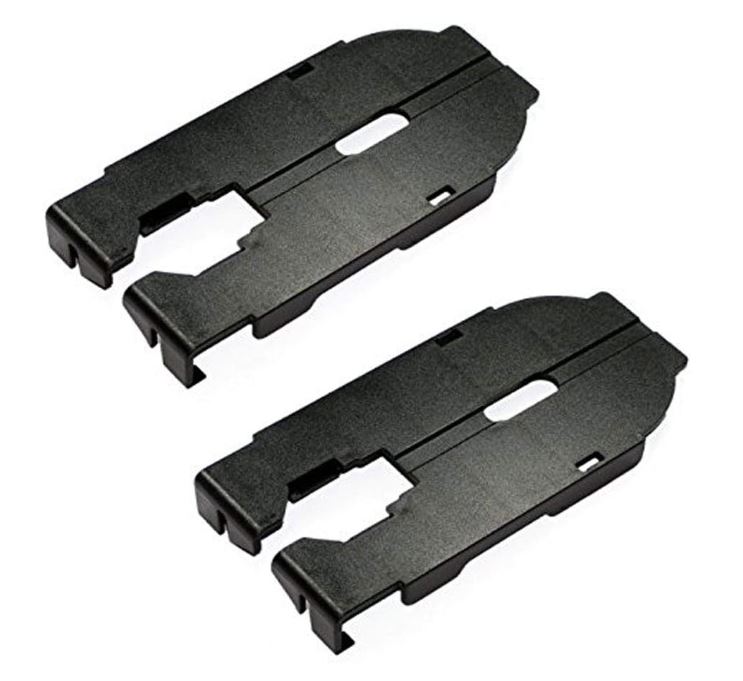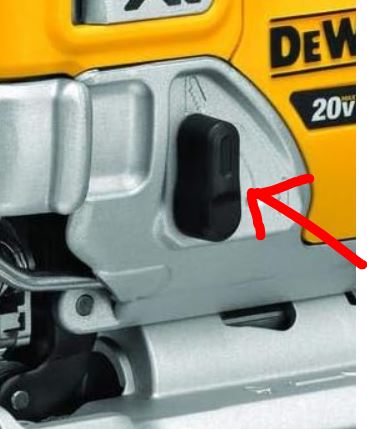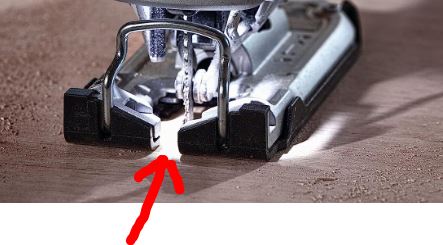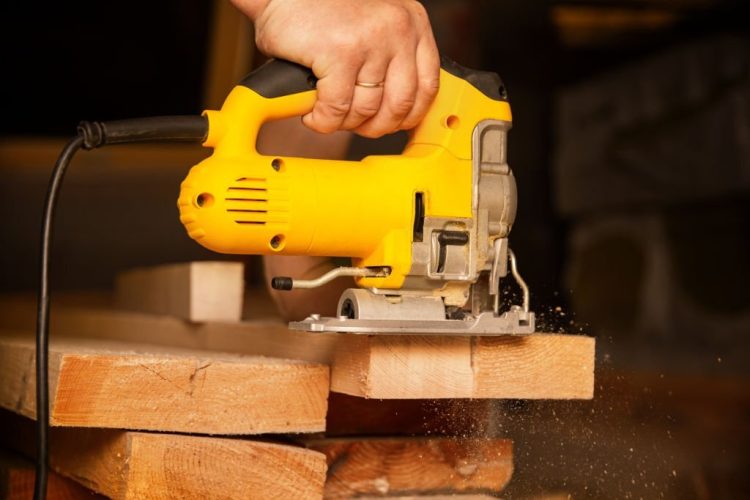When it comes to jigsaw many people find it really hard to work with it. We are here to explain why it is one of the most worthy tools and how it can prove to be a great asset in your tool treasure.
To begin with, the jigsaw is a very basic tool with enormous potential and lots of good things. However, you need to know it properly, understand its parts and functions and then turn it on and begin your project. The prior knowledge of any tool ensures two things
- Safety: it ensures that you and your tool will be safe and free from any dangerous outcome
- Quality: once you understand a tool, nothing can stop you from getting the dreamy results out of your favorite saw.
Basic Parts of A Jigsaw
Below are the main parts of a standard jigsaw:
1. Blade:

Obviously, the most important part of any saw is its blade. This straight blade definitely is the most obvious part of the saw which undoubtedly makes it an ideal tool for flushed and curved cuts in several DIY projects like cutting laminate, plywood, etc.
Pro Tip!
Many workers find it really hard to change the blade of a jigsaw. Most jigsaws that have a T-shaped blade have a lever or a certain pull mechanism that lies mostly down the side or across the blade front. By simply sliding it open, you can easily take out the blade that you want to remove from a jigsaw. Similarly, the same method can be used to insert a new blade. It is actually that simple!
2. Shoe / Base Plate:

The lower and sturdy part that provides the saw stable ground to rest is known as a shoe or base plate. It can stay firm at its leveled position but can also be adjusted to give angled cuts (beveled cuts).
To make these adjustments, look for a screw that is usually located at the bottom of the base plate and lose the Allen key. You are good to make the desired angle adjustments.
3. Trigger & Lock Button:

The trigger button on the handle serves as an on-and-off button for your saw. If you want to start, just pull a trigger button and it will start the jigsaw. By releasing the trigger you will signal the saw to come to the rest and it will follow.
However, if you do not want to be in a tiring position to hold a trigger for a long time, there is nothing to worry about. Just pull the trigger and press the locking button. It will keep the saw going for as long as you want.
4. Lever or Orbital Action Dial:

It has been reported by our woodworkers that many people make no use of this additional lever simply because they are ignorant of its wonders.
It is a well-known fact that a jigsaw either works on a straight up and down mechanism or orbital action. This lever can directly control the orbital cutting with the simplest adjustment.
It does not require any flipping of a tool, loosening of any nuts and bolts, or any Allen wrench or key. You can simply adjust it the way you regulate temperature i.e. by simply turning it to your desired mark.
Pro Tip!
If you are looking for fast cutting, make sure to buy a jigsaw with large orbit cutting action (in the case of wood, plywood, etc.). The negative aspect of the speed of this fast cutting is that you are liable to get a lot of splintering with rough cuts. So, if you want precisely neat cuts make sure to adjust your jigsaw at zero which technically means no orbital action.
5. Roller Blade Guide:

It is undoubtedly the handiest feature of jigsaws and probably one of the most loved parts too. They come with this cutting guide that facilitates the woodworkers while cutting long pieces.
It can be easily assembled with the jigsaw unit by sliding the guide in and tightening the nut at your desired position. Make sure it runs through the face of the guide to the face of the blade.
So, these were some of the most basic parts of a jigsaw. Before you simply dive into any tool, it is always safe and better to know it a little bit. Some degree of acquaintance with the tools, their major parts, and their functioning will always keep you safe and guarded.
References:
https://www.britannica.com/technology/jigsaw-tool
https://www.instructables.com/How-to-Use-a-Jigsaw/

Meet Max, the founder and lead writer of our home improvement blog. He is a seasoned home renovation and design expert with over 8 years of experience in the industry.
Max has a passion for creating beautiful and functional living spaces and is dedicated to helping homeowners and DIY enthusiasts achieve their home improvement goals. He has worked on a wide range of projects, from small updates to full-scale renovations, and has a wealth of knowledge and experience to share.
As an avid DIYer, Max understands the challenges and rewards of tackling a home improvement project and enjoys sharing his tips, tricks and insights to make the process as easy and enjoyable as possible. In his free time, Max can be found working on his own home renovation projects, reading design blogs and magazines, and travelling to explore new design trends.
Max is excited to share his knowledge and experience with you and hopes to inspire and empower you to take on your next home improvement project with confidence. Follow Max on LinkedIn for more inspiration and expert advice.


